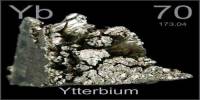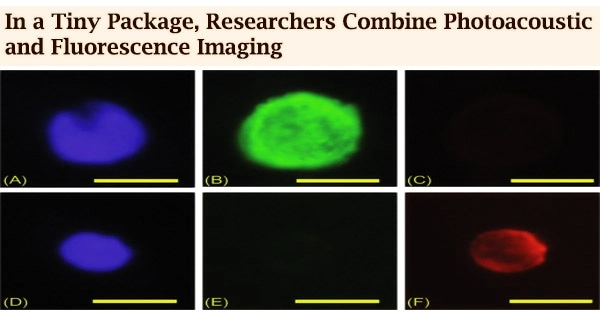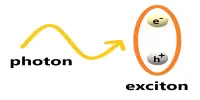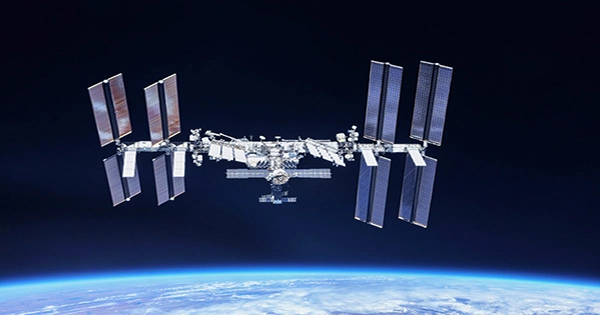A recent study describes a profound new investigation into the border between gravity and quantum mechanics, employing ultra-high energy neutrino particles observed by a particle detector embedded deep in the Antarctic glacier at the south pole.
Gravity, according to Einstein’s theory of general relativity, is caused by a curvature of the space-time directions. The most common manifestation of this is the Earth’s gravity, which maintains us on the ground and explains why balls fall to the floor and people weigh when they stand on a scale.
In contrast, experts in high-energy physics investigate tiny invisible objects that obey quantum mechanics laws, which are characterized by random fluctuations that cause uncertainty in the positions and energies of particles such as electrons, protons, and neutrons. Understanding quantum physics’ randomness is necessary to understand the behavior of matter and light at the subatomic level.
For decades, scientists have attempted to bring these two fields of study together in order to create a quantum description of gravity. This would bring together the curvature physics of general relativity with the enigmatic random fluctuations of quantum mechanics.
Our work resulted in a measurement that was far more sensitive than previous ones (over a million times more, for some of the models), but it did not find evidence of the expected quantum gravitational effects.
Benjamin Jones
A new paper in Nature Physics by physicists at The University of Texas at Arlington describes a profound new investigation into the interface between these two ideas, using ultra-high energy neutrino particles observed by a particle detector embedded deep in the Antarctic glacier at the south pole.
“The challenge of unifying quantum mechanics with gravitation theory remains one of the most pressing unsolved problems in physics,” said co-author Benjamin Jones, an associate professor of physics. “If the gravitational field behaves in a similar way to the other fields in nature, its curvature should exhibit random quantum fluctuations.”
Jones and UTA graduate students Akshima Negi and Grant Parker were part of an international IceCube Collaboration team that included more than 300 scientists from around the U.S., as well as Australia, Belgium, Canada, Denmark, Germany, Italy, Japan, New Zealand, Korea, Sweden, Switzerland, Taiwan and the United Kingdom.

To search for signatures of quantum gravity, the team placed thousands of sensors throughout one square kilometer near the south pole in Antarctica that monitored neutrinos, unusual but abundant subatomic particles that are neutral in charge and have no mass. The team was able to study more than 300,000 neutrinos. They were looking to see whether these ultra-high-energy particles were bothered by random quantum fluctuations in spacetime that would be expected if gravity were quantum mechanical, as they travel long distances across the Earth.
“We searched for those fluctuations by studying the flavors of neutrinos detected by the IceCube Observatory,” Negi stated. “Our work resulted in a measurement that was far more sensitive than previous ones (over a million times more, for some of the models), but it did not find evidence of the expected quantum gravitational effects.”
This non-observation of a quantum geometry of spacetime makes a profound statement about the yet-unknown physics at the intersection of quantum physics and general relativity.
“This analysis represents the final chapter in UTA’s nearly decade-long contribution to the IceCube Observatory,” Jones stated. “My group is now pursuing new experiments that aim to understand the origin and value of the neutrinos mass using atomic, molecular and optical physics techniques.”
















